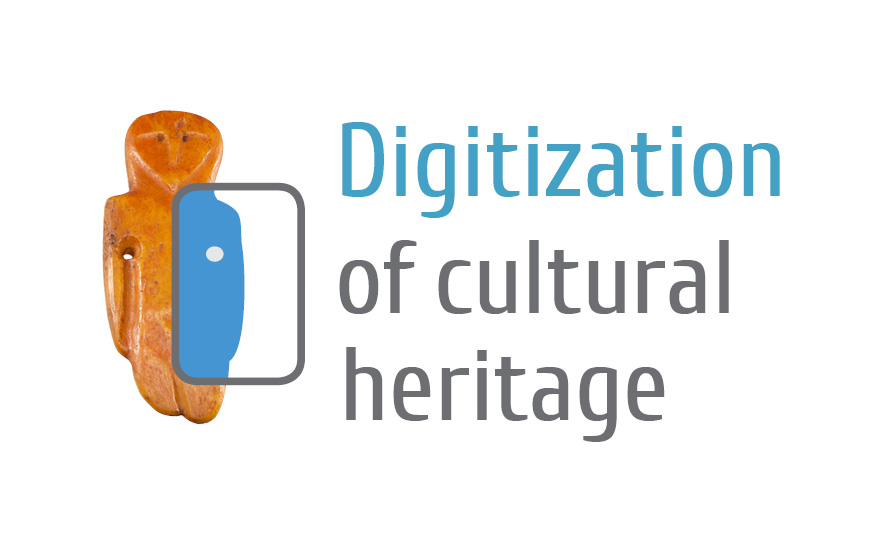-
-
Coins from burials in The Utena Local Lore Museum‘s collection
The most comprehensive work about coins in burials in Lithuania is archaeologist and numismatist Eugenijus Ivanauskas book “Monetos ir žetonai Lietuvos senkapiuose 1387-1850” (Coins and tokens in Lithuanian ancient burial grounds 1387-1850) released in 2001. According to the book, the originators of leaving coins in the burial grounds were Greeks, dating to 6th century BC. This was also adopted by the Romans. Christianity tried to contest this pagan custom, however, seeing that there is no way to overcome it, eventually it allowed Christians to perform it as well.
In territory of Lithuania during first few centuries AD coins were being put to burials by seaside coastal inhabitants, which were actively trading Roman Empire. After fall of the Empire, this custom disappears. During the Viking age, in 9th century, renewed custom of putting coins in the burials expanded past costal territories. Vikings, while trading with East and West, also by raiding, spread the coins of those lands in wide territories. This custom ceased again at the start of 12th century because with the end of the Viking age the influx of foreign coins stopped. Coins being put to the burials again only after the Christianization of Lithuania in 1387, when Lithuania started to mint coins of its own. Early Lithuanian coins weren’t being placed in every grave in ancient burial grounds. This is also showcased by finding in the museum collected from archaeological researches of ancient burial grounds in Utena district.
First period of Christian burials with coins is – 14th c. fourth quarter-15th c. first half. It’s not clear why this custom temporary disappeared. Coin placing custom appeared again in 16th c. second half, when in times of conflicts between Catholics and Reformats, paganism experienced a resurgence. This can be seen by rich burials with goods and coins from 16th c. second half. Mostly it were a small coins - pennies (denars) and shillings. After the Union of Lublin in 1569 Polish coins started being used in Lithuania, these coins were also being placed in burials. Since older coins were also in circulation, dating of the burials according to coins alone is not possible. In 17th c. third decade foreign countries coins began being placed in graves in Lithuania. Most of such coins were shillings minded in Prussia and Riga, which was under Swedish occupation at the time. Custom of coin placing in graves started to wane rapidly in 17th c. second half because of huge devastation of Lithuania. It completely vanished in 18th c. third quarter.
First coins got into the Utena Local Lore Museum in 1948. At this moment in the Utena Local Lore Museum‘s archaeological collection there are 300 coins from burials, most of them belongs to main collection.
Prepared by Dalius Ribokas, The Utena Local Lore Museum.
Translated to English by Simonas Obcarskas, The Utena Local Lore Museum.
-
Virtual Exhibitions






